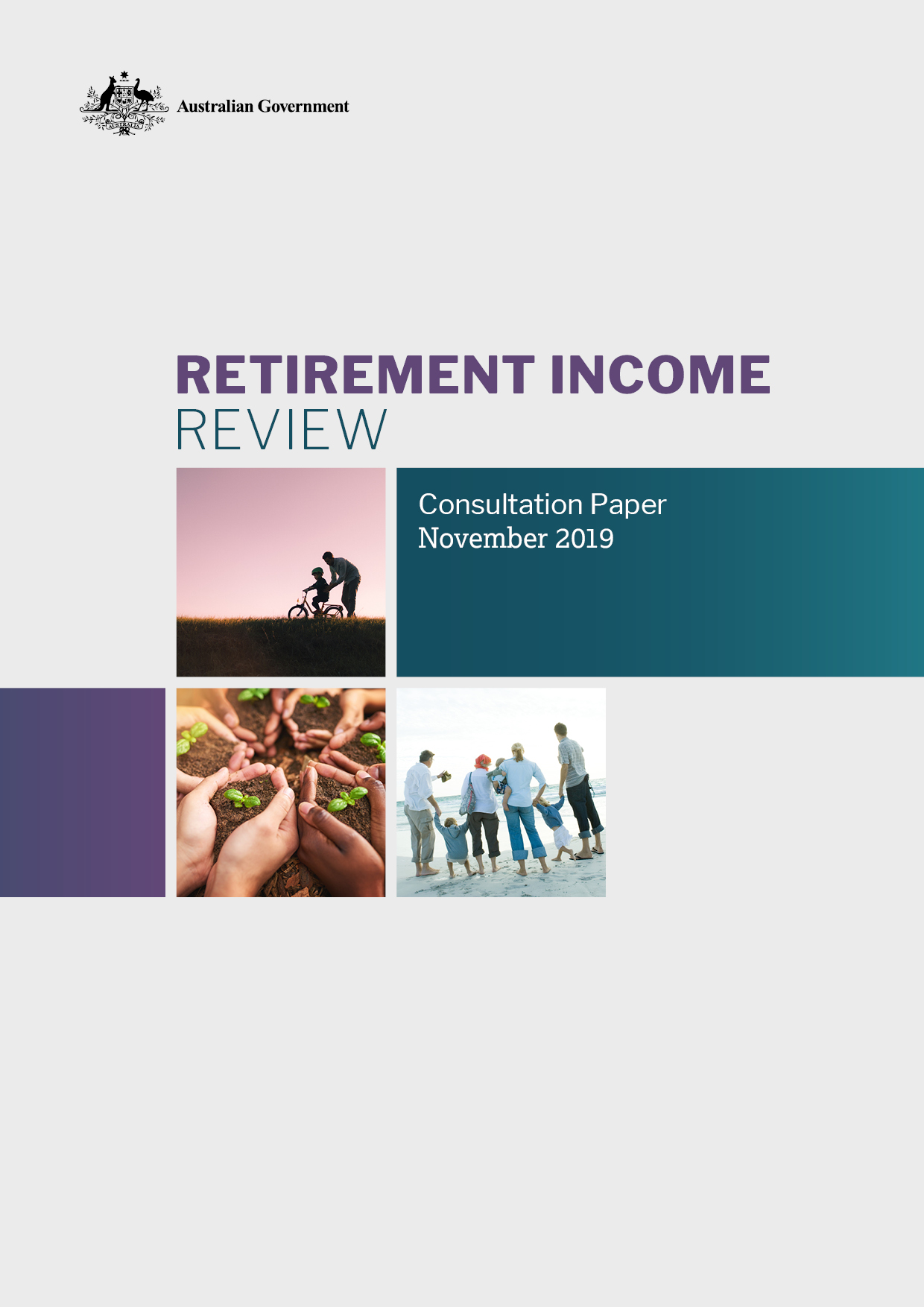The Australian
Henry Ergas and Jonathan Pincus
12 February 2021
Released by the Treasurer in the midst of the pandemic, the report of the Retirement Income Review has received far less attention than it deserves. While the report covers a great deal of ground, it is disappointing and dangerous in important respects.
To begin with, its discussion of the tax burden on superannuation — which endorses Treasury’s claim that superannuation receives highly favourable tax treatment — is seriously misleading. As a moment’s reflection shows, the primary impact of taxes on savings is to alter how much consumption one must give up today so as to consume more tomorrow. The proper way to calculate the effective tax rate on savings is therefore to assess the impost savers face for deferring a dollar of consumption from the present into the future.
Examined in that perspective, the tax rates on compulsory superannuation are nowhere near as generous as the report suggests. Consider a person who earns $50,000 a year and is planning to retire in 20 years. As things stand, she will be required to put $4750 into superannuation this year, paying a 15 per cent contributions tax on that amount. If her fund earns 3.5 per cent a year — also taxed at 15 per cent — those savings will grow to $7300, spendable in 2041.
However, in the absence of taxes on contributions and on earnings, steady compounding would have increased today’s $4750 to about $9500. As a result, the actual tax rate, which reduces $9500 to $7300, is not the notional or statutory 15 per cent but, at 30 per cent, twice that.
Moreover, every dollar of superannuation reduces our saver’s entitlement to the Age Pension and to aged-care subsidies. And just as marginal effective tax rates on an additional dollar of income from working are properly calculated taking reductions in transfer payments into account, so must the reductions in eligibility be included in the effective tax rate on superannuation.
Factoring the means testing of those payments into the calculation pushes the effective tax rate on compulsory superannuation towards 40 per cent or more, which no one could sensibly describe as unduly low.
Unfortunately, none of this is reflected in the report. Instead, it simply assumes that superannuation savings should be taxed as if they were ordinary income and on that basis asserts that they benefit from a massive tax “concession”.
Perhaps because it doesn’t realise it, the report seems untroubled by the fact that were compulsory superannuation actually taxed on the basis of its chosen benchmark — a comprehensive income tax — our hypothetical saver would face a 93 per cent effective tax rate on her retirement income.
Given how distorting, unreasonable and politically unsustainable such a tax rate would be, its use as the standard for evaluating the current arrangements is indefensible.
The errors in the report’s tax analysis don’t end there — its discussion of dividend imputation is also deeply flawed.
What is significant, however, is the unstated inference its analysis leads to: that superannuation savings are so heavily subsidised as to really be the property of taxpayers as a whole, making it perfectly appropriate for the government, rather than savers themselves, to determine their use.
That matters because the report repeatedly claims that superannuants do not spend their savings “efficiently”. Precisely what it means by “efficient” is never explained; it can nonetheless be said with some confidence that it is using the word in a sense entirely unknown to economics.
Rather, the report treats “efficient” as a synonym for “what we, the reviewers, think ought to happen” — or to put it slightly differently, as what Kenneth Minogue, a fine scholar of government verbiage, called a “hurrah word”, with “inefficient” being the corresponding “boo/hiss word”.
In this case, the “hurrah” goes to savers who completely run down their savings; the “boo/hiss” to savers who leave bequests. It is, in the report’s strange reasoning, “efficient” for retirees to devote their savings to wine, gambling and song, but “inefficient” for them to leave an inheritance to their children and grandchildren, no matter how great their preference for the latter over the former may be.
That the contention is absurd on its face scarcely needs to be said; the only justification the report provides in its support is the claim that it is not the “purpose” of the system to allow savers to leave bequests — which is merely a convoluted way of saying that the report’s authors don’t believe they should.
We are therefore left with a paradox. The reason repeatedly advanced for compulsory superannuation is that people of working age save much less for retirement than they ought to; now we are told that at retirement the bias is dramatically reversed — from then on, it seems, they save much more than would be desirable.
Quite how or why this miraculous transformation occurs is clearly a mystery that can be penetrated only by greater minds than ours; what is certain is that savers shouldn’t rest easy.
On the contrary, they should feel government coercion coming on: more specifically, a requirement to buy annuities or in other ways exhaust their savings, regardless of their preferences — or be driven to do so by some combination of higher taxes on any remaining savings and harsher means testing of social benefits.
Of course, it may be that the review is right: perhaps savers are utterly clueless, as one government report after the other appears to believe, and thus have to be forced to act “efficiently” by layer upon layer of regulation.
But if savers neither know what they want nor are capable of achieving it, what possible justification can there be for continuing to rely on a superannuation system based on individual decision-making — and every bit as important, in which individuals bear all the risks?
Why wouldn’t we simply shift over time to a government-run contributory pension scheme, possibly along Canadian or Scandinavian lines, that provides middle-income earners with an assured income in retirement — and does so fiscally prudently and at resource costs far lower than those of our current arrangements?
Or has it become the real goal of our superannuation system to force middle-income earners, who depend on that system most heavily, to subsidise an ever-expanding finance industry — including, should this review have its way, the suppliers of high-priced annuities?
These are serious issues; they merit serious analysis. If the government is genuinely interested in that analysis, the Retirement Income Review won’t help it.
Sunday, February 14, 2021


 Retirement Income Review Consultation Paper
Retirement Income Review Consultation Paper

